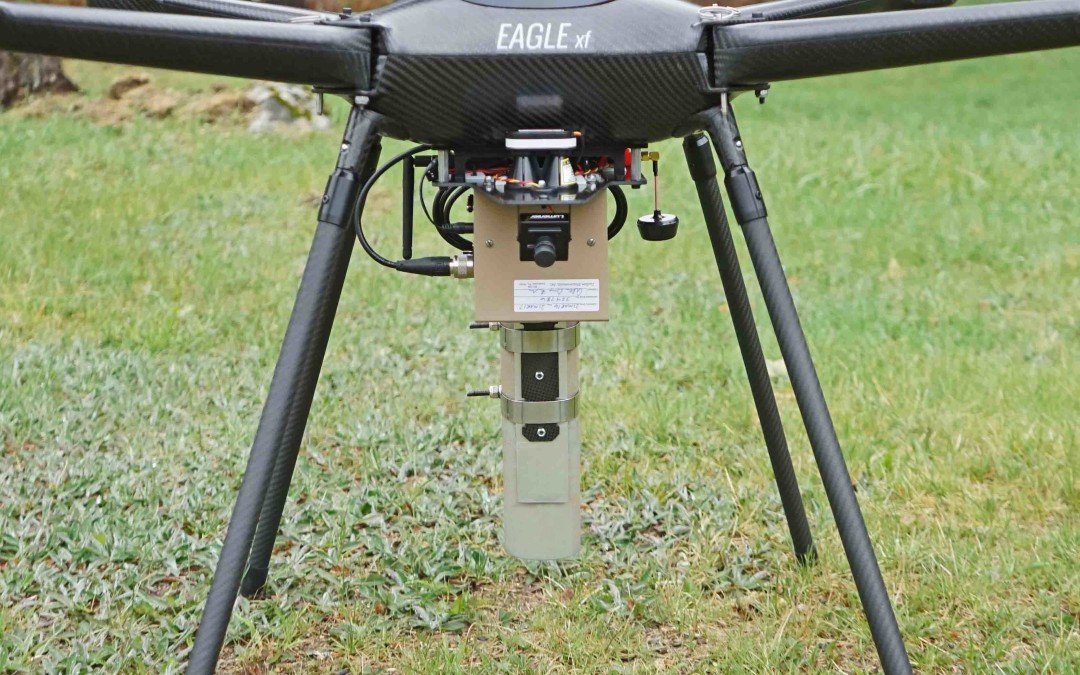A leading radiological surveying firm has teamed up with a U.S. drone company to develop one of the first multi-rotor platforms capable of environmental level gamma detection with mapping.
Environment
al Restoration Group, Inc. (ERG) has been conducting GPS-based radiological surveys since 1994 in support of both government and nongovernment clients and sites regulated by a variety of federal and state agencies, including the DoD, DOE, NRC, EPA, and USAC. The Albuquerque, New Mexico firm recently teamed up with UAV America, Inc. (UAVA) to develop an innovative approach to more accurately monitor radiation levels in a wide range of challenging environments.Rough terrain and other environmental factors around uranium mines, defense manufacturing, military installations and other nuclear sites involved in uranium recovery present significant barriers for traditional GPS-based radiological survey crews. Backpack, pushcart and vehicle-mounted data collection systems often put ground personnel in unsafe situations due to physical hazards and potential contamination. Helicopters, which can cover a larger area more efficiently, are expensive and present other accessibility issues as well.
While researching alternatives, ERG identified a strategic partner in UAV-America. Since 2013 UAVA has developed a reputation as a custom UAV systems integrator before developing an extended flight time platform of their own. The NH-company designs and manufactures the Eagle XF, a molded carbon-fiber quadcopter capable of carrying various payloads 45-55 minutes. Their commercial-grade drone is extremely durable and payload agnostic allowing for use in a multitude of applications: agriculture, emergency management, inspection, mapping and other types of missions. Additionally, the Eagle platform is designed for quick deployment, transport and shipping by folding quickly into a small footprint and stored in a weatherproof case.
The initial challenge of integrating a relatively large and heavy sensor package into the Eagle XF platform was achieved by engineering teams from both companies. The Eagle design lends itself to adapting various payloads to the platform. ERG utilizes a lightweight counter fitted to a custom counting platebeneath the drone. It is connected to a high-sensitivity Sodium Iodide (NaI) gamma detector allowing quantification of low-level contamination as well as identifying high-level radiation areas that pose a risk to personnel. The radiation count-rate data are transmitted in real-time to a control computer where radiation levels are logged every second and displayed on a map. The on-board counter may be configured to control a series of different detectors and has three ports allowing multiple detectors to be used simultaneously. In addition, UAVA’s custom solution included a LASER-altimeter allowing the quadcopter to maintain a constant survey height of one to two meters off the ground. Tyler Alecksen, who coordinated the project, says the end result is a safe and highly efficient alternative to traditional surveys. According to Alecksen, “Deploying the Eagle XF, we get real time data while our crews are still in the field. We can minimize the risks associated with uneven terrain, high radiological areas, and disruption of plant-life and soil experienced with land vehicles and on-foot surveys. UAVA provides a platform that allows us to swap out equipment to add any type of radiation detector, such as a gamma multi-channel analyzer, or even a small ion chamber based on project requirements.”
Jim Cooper, CEO and founder of UAV America, acknowledges this is just the latest example of drones helping businesses deliver their services better, safer and faster. “This approach to radiological surveying provides ERG with a competitive advantage collecting crucial data in a safer manner in much less time when compared to ground-based crews and at a fraction of the cost of putting people and sensors up in the air. “
Environmental Restoration Group owns one of the largest inventories of radiological and industrial hygiene monitoring equipment and provides expert technical assistance for proper use of these instruments. Based in Albuquerque, NM, ERG has assisted with developing and executing the reclamation plans for dozens of sites where cleanup costs exceeded more than $10 million dollars each. Their employees have expertise in radiological detection as well as other specialties, such as electronics, mechanical design, and software development, allowing ERG to provide custom designs suitable for almost any radiological detection task.
For additional information:
Environmental Restoration Group –Tyler Alecksen, 505-298-4224, [email protected]
UAV America, Inc. – Jim Cooper, 603-398-6364, [email protected]

